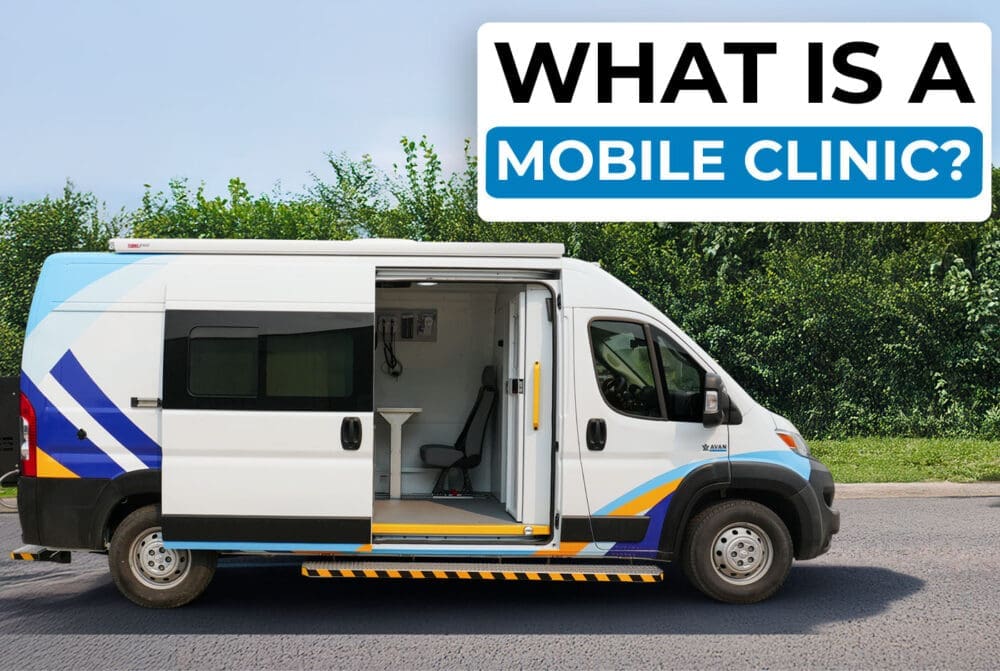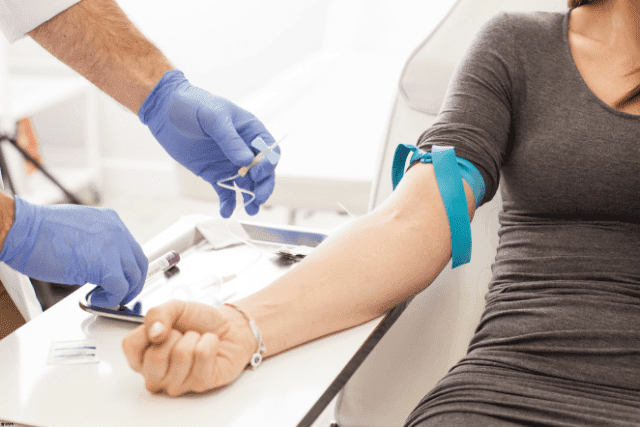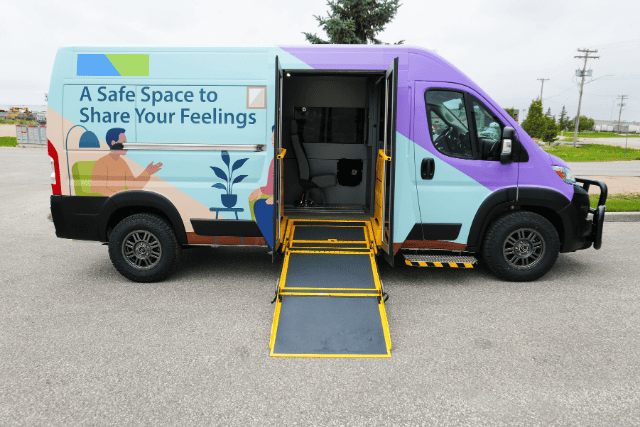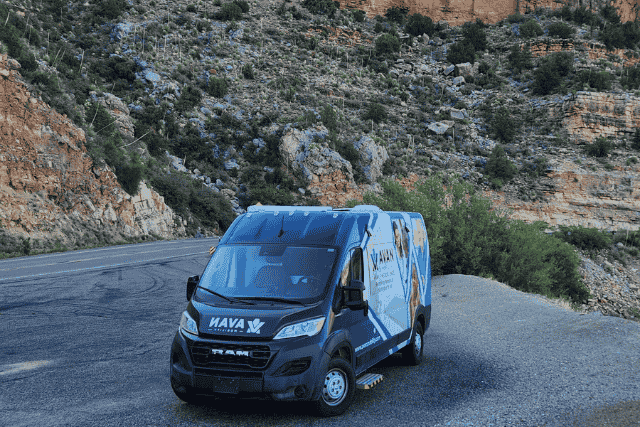How Mobile Medical Units Support Communities in Times of Crisis
When disaster strikes, healthcare can’t wait. Families can’t be expected to travel long distances when roads are flooded, homes are gone, and stress is overwhelming. Mobile medical units change that reality by going where people are — bringing care, trust, and hope in the hardest moments.
As Shira Goldstein of International Medical Corps explained: “In these counties where you have to drive long distances just to find where people are at, expecting them to come to you isn’t realistic… the strategy for the future—community health workers—a strategy with outreach to make sure that the sense of resilience is really there in the community.”
In Texas, catastrophic flooding left entire neighborhoods cut off. AVAN Mobility, Frontera Healthcare, and International Medical Corps partnered to deploy mobile health clinics directly into affected communities. These units provided:
-
Immediate medical and behavioral health care
-
Access to medications, utilities support, and basic necessities
-
A trusted presence that respected people’s space and emotions
Mobile units don’t just deliver care — they help people open up. As Goldstein noted:
“It is one of these strategies that we think is critical… seeing the impact in their own homes provides a sense of trust and comfort to really discuss not only what their medical needs are, and I know that can then be addressed pretty immediately with having a unit here.”
For frontline community workers, this wasn’t theory — it was reality. Renee Zimmerman a nurse practitioner with Frontera Healthcare shared:
“…we’re able to go to the people in my community to give medical and behavioral health care… I don’t know when and I don’t know how, but I know we’ll come back from the flooding.”
Mobile medical units are more than vehicles. They’re lifelines that restore dignity, continuity, and resilience when communities need it most.




